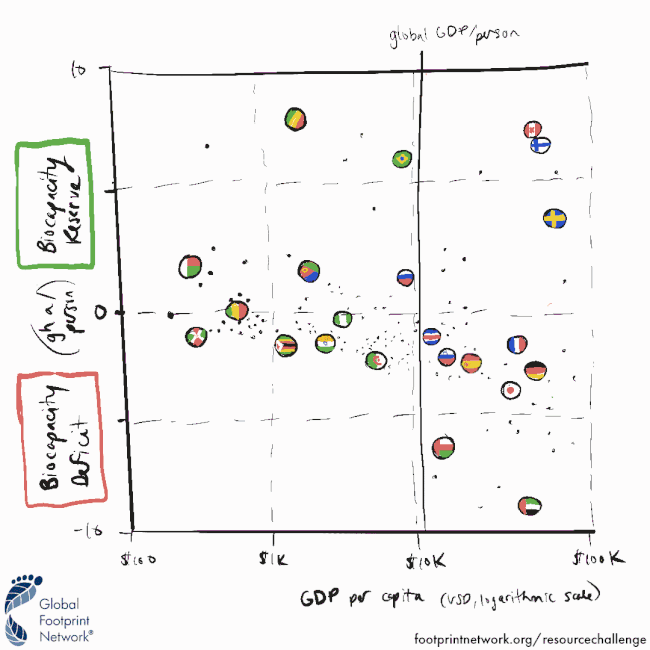72% of the world population live in countries faced with a precarious situation. These countries both (1) run a biological resource deficit (where demand for biological resources exceeds regeneration) and (2) generate less than world-average income, limiting their ability to purchase resources from elsewhere. These findings were released in “The Importance of Resource Security for […]| Global Footprint Network
Mainstream competitiveness and international development analyses pay little attention to the significance of a country’s resource security for its economic performance. This paper challenges this neglect, examining the economic implications of countries resource dynamics, particularly for low-income countries. It explores typologies of resource patterns in the context of those countries’ economic prospects. To begin, the paper explains why it uses Ecological Footprint and biocapacity acc...| MDPI
Today, 55% of the world’s population lives in urban areas, a proportion that is expected to increase to 68% by 2050. Projections show that urbanization, the gradual shift in residence of the human population from rural to urban areas, combined with the overall growth of the world’s population could add another 2.5 billion people to urban areas by 2050, with close to 90% of this increase taking place in Asia and Africa, according to a new United Nations data set launched today.| www.un.org


